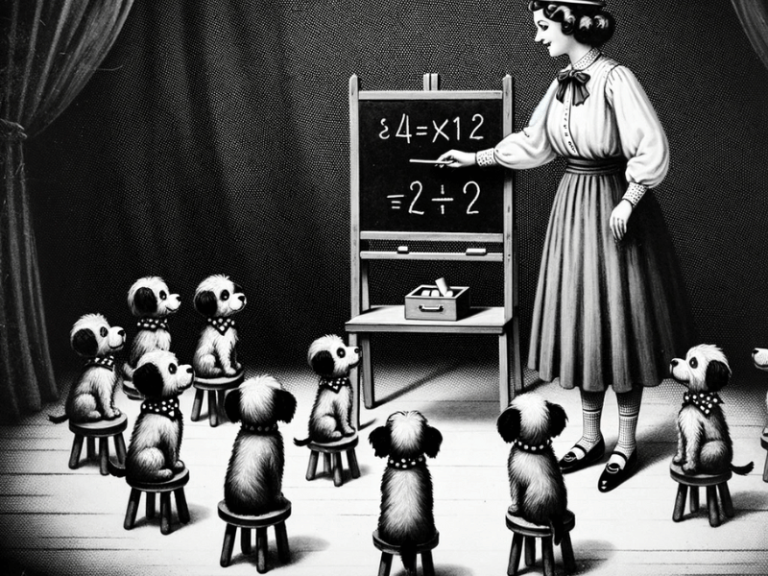In the circus, when you see a group of small dogs come onto the stage, sit down, and begin to perform arithmetic by barking the correct number of times in response to math questions, everyone feels amazed. Do the dogs really know arithmetic? Do they understand that 1+1=2, 2+3=5 just like humans?
We know that both humans and animals are born with many innate actions. For example, when a baby is born, they instinctively know how to suckle. Newly born puppies also know how to suckle. These kinds of actions that occur without any learning are called innate reflexes or unconditional reflexes. On the other hand, some actions, like the arithmetic performed by circus dogs, are taught by animal trainers through repeated training. The trainers teach the dogs to recognize numbers and bark a certain number of times when they see a particular number. Over time, these numbers make a deep impression in the dogs’ minds and become associated with specific actions. So, whether on or off the stage, whenever the dogs see these numbers, they instinctively bark a certain number of times. This type of learned behavior under human conditioning, achieved through repeated training, is called conditioned reflex.
This phenomenon of conditioned reflex is also widely present in human life. It was extensively studied and demonstrated by the physiologist Ivan Pavlov through numerous experiments. Now we understand that the arithmetic skills exhibited by circus dogs are indeed an application of Pavlov’s principles of conditioned reflex.

